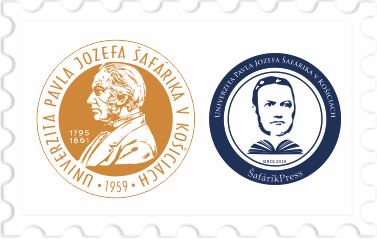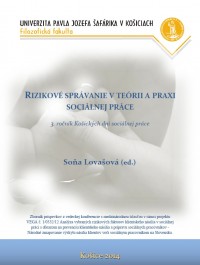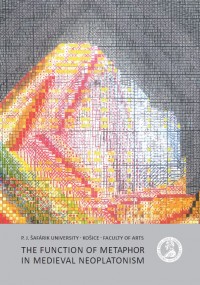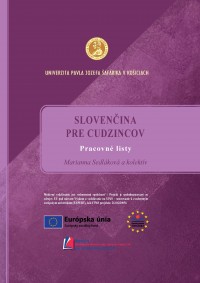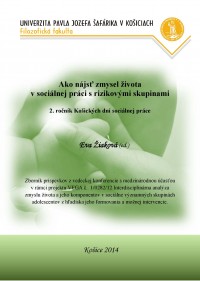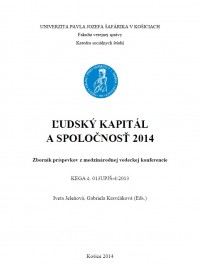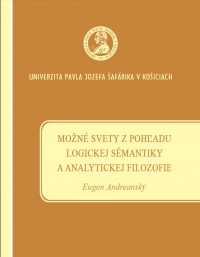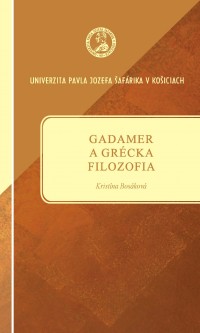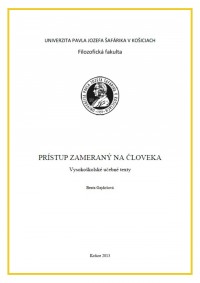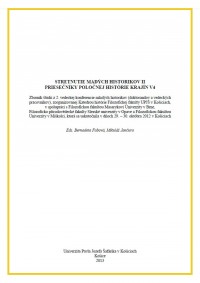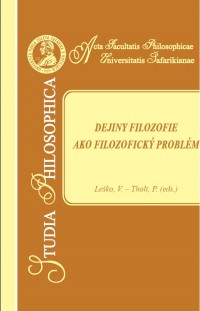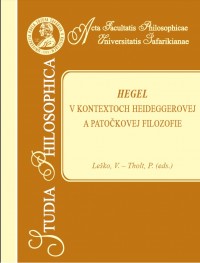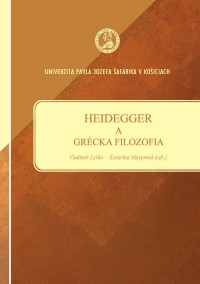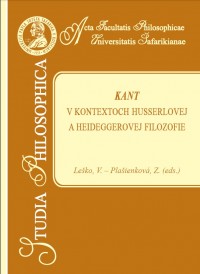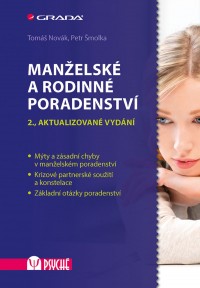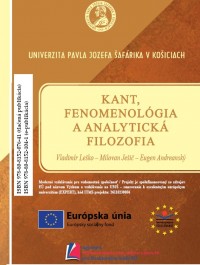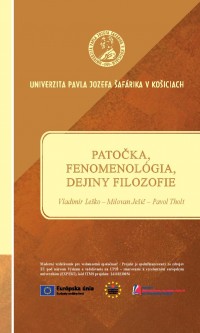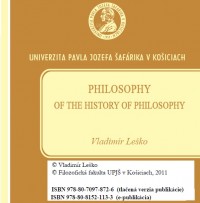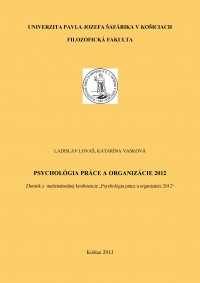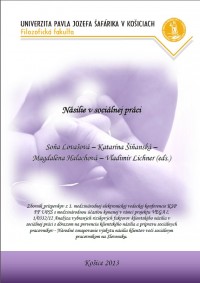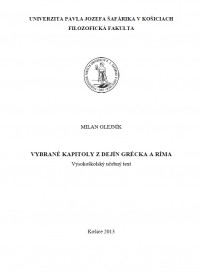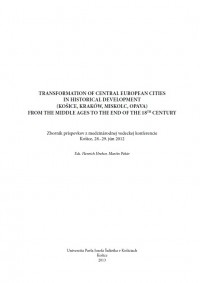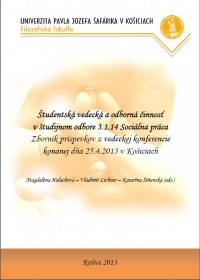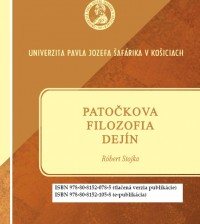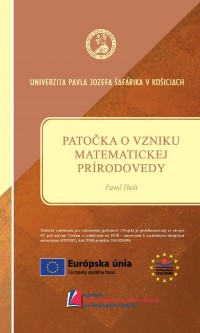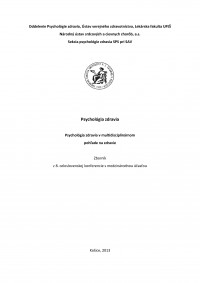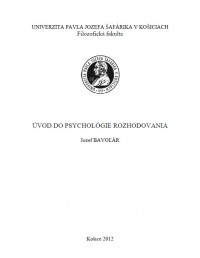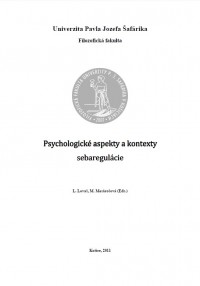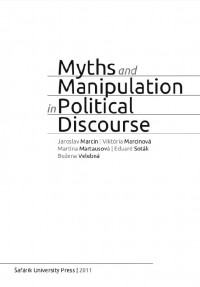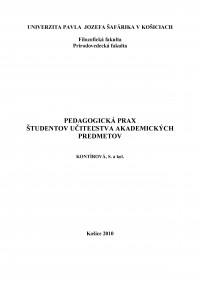Žiadne produkty
Produkt bol úspešne pridaný do vášho košíka
0 ks tovaru Vo vašom košíku je 1 produkt.
Realism, Modernism, Postmodernism: Five Modern Literary Texts in Context
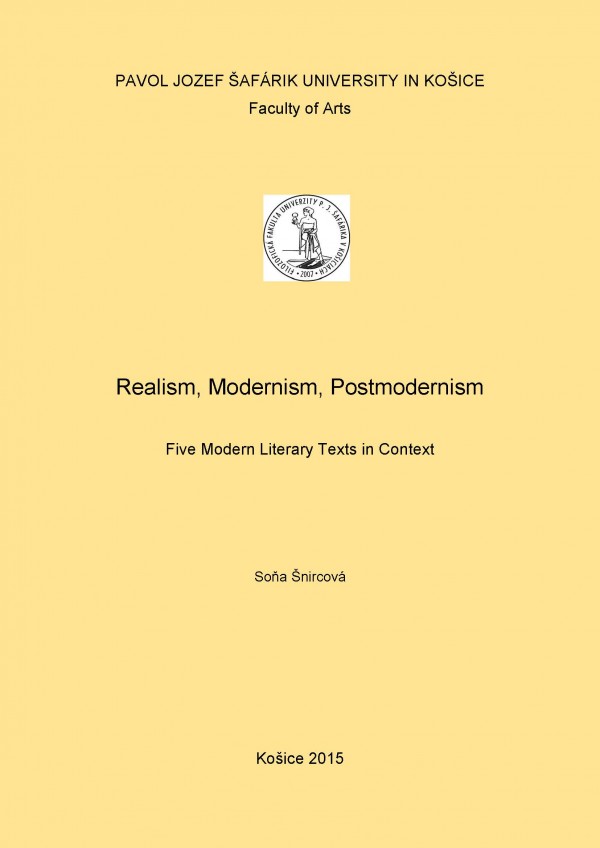
Ďalšie informácie
| Autor: | Soňa Šnircová |
| Dostupné od: | 1.12.2015 |
| Vydanie: | 1. vydanie |
| Typ dokumentu: | monografia |
| Jazyk publikácie: | angličtina |
| Počet strán: | 104 |
| Fakulta/pracovisko UPJŠ: | Filozofická fakulta UPJŠ |
Popis
This textbook has been designed as supporting material for the postgraduate course on modern trends in European literature. It focuses on the presentation of five modern literary modes of writing: the realistic mode which was brought to its prominence by the nineteenth-century Realist movement; the stream-of-consciousness and ‘absurdist’ modes which were developed in the context of modernism; and the magical realist and metafictional modes which are associated mainly with postmodernist literary trends. Each mode is represented by a well-known text which demonstrates the formal aspects of each mode and deals with the thematic concerns typical of the literary movement that influenced its production. The textbook adopts an interdisciplinary approach, placing the chosen literary texts into the historical, philosophical and cultural contexts that shaped their characters, and thereby providing the background knowledge necessary for a deeper understanding of their formal and thematic aspects.
The main theoretical issue that this textbook addresses is the problem of the relationship between the literary text and human reality, a problem which has been at the centre of scholarly discussions since the advent of Western literary criticism among Greek philosophers in the fourth century BC. This problem is presented as being a part of the complex topic of the relationships between the mind, language and the world, an issue which is explored in the modern scholarly fields of psychology, linguistics and the philosophy of language. In drawing the reader‟s attention to the intersections between these sciences and literary science (i.e., literary history, literary criticism and literary theory), the textbook suggests that the selected literary texts should not only be considered as exemplary representatives of historically specific literary movements. Instead, it also discusses them as literary discourses which encourage us to explore our own perception of the interaction between the subjective world of our mind and the 5 objective world in which we all exist, and thus encourage us to participate in the ongoing human dialogue about the epistemological, ethical and metaphysical aspects of our individual and social existence.
As the main purpose of this textbook is explanatory, it does not attempt to offer any „ultimate‟ truths about the chosen literary texts and the issues that they tackle. Although the textbook provides an insight into the historical development of modern literature from realism through modernism to postmodernism, this development should not be read as a straightforward movement towards increasingly complex forms of literary representations of human reality, nor as a movement towards the revelation of greater truths about life. On the contrary these excursions into the history of Madame Bovary, Mrs Dalloway, Waiting for Godot, Nights at the Circus and Immortality should help students to develop their own explorations of the possibilities and limitations which each text embodies in its representation of the human experience of reality.
Author
